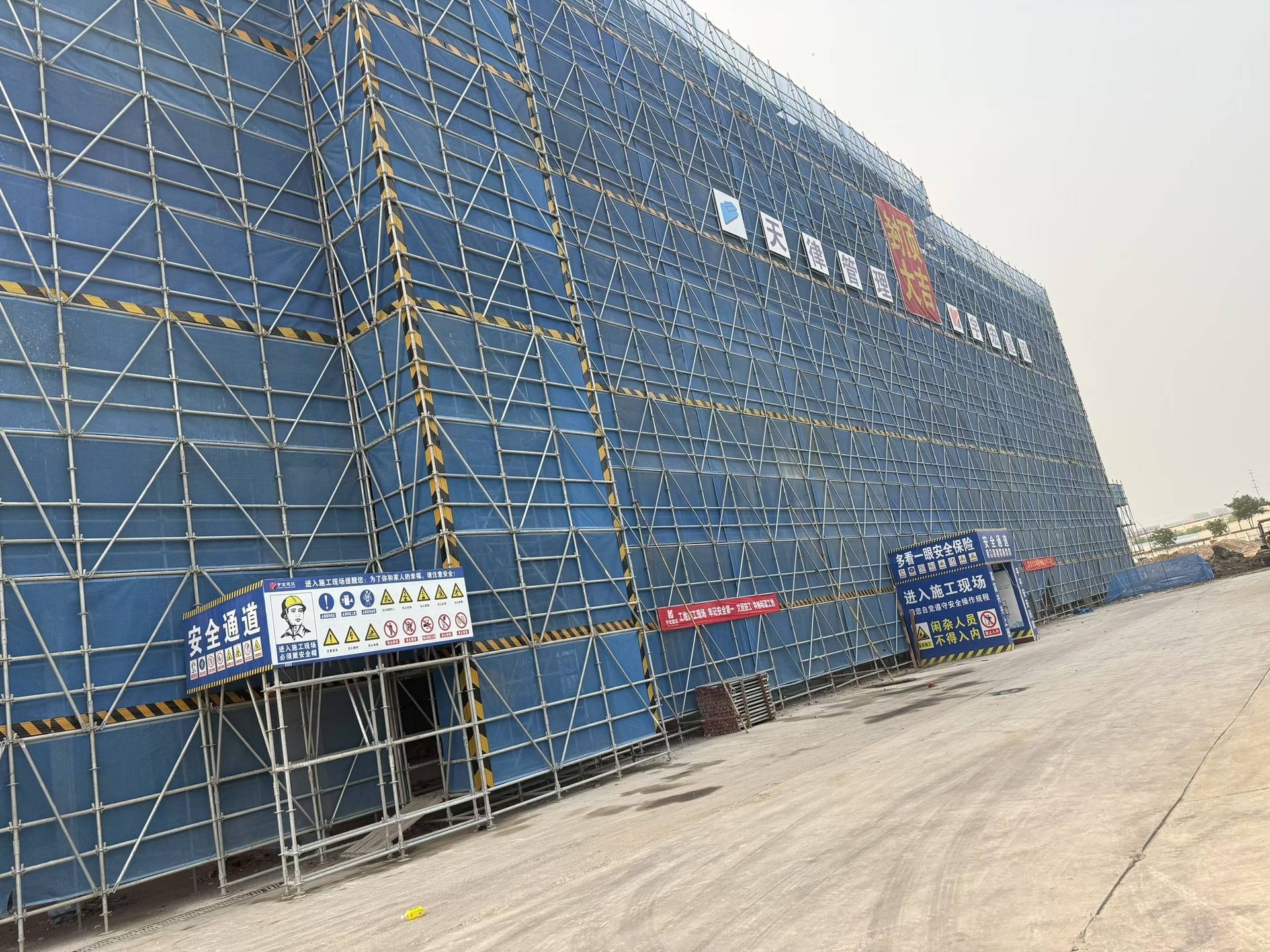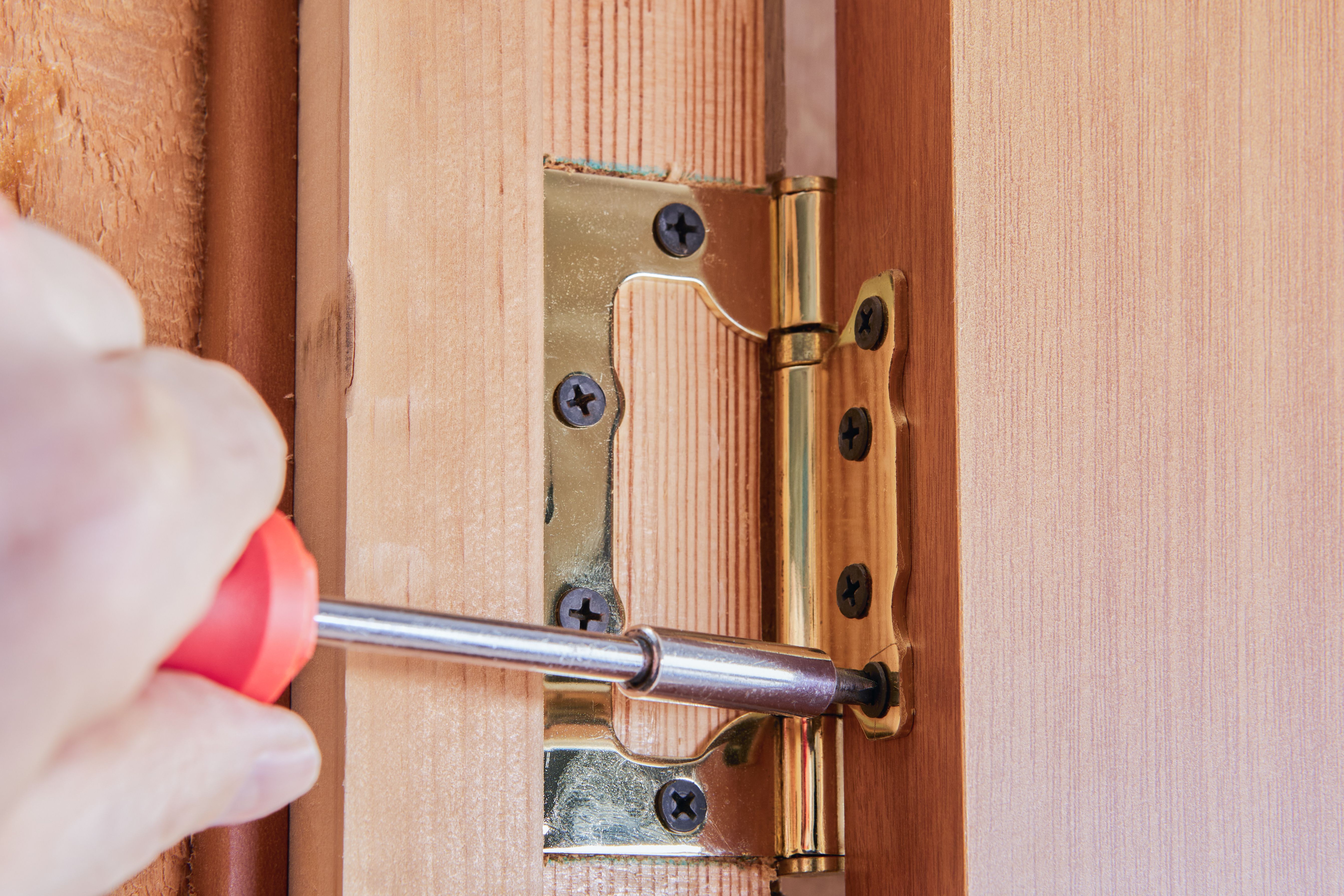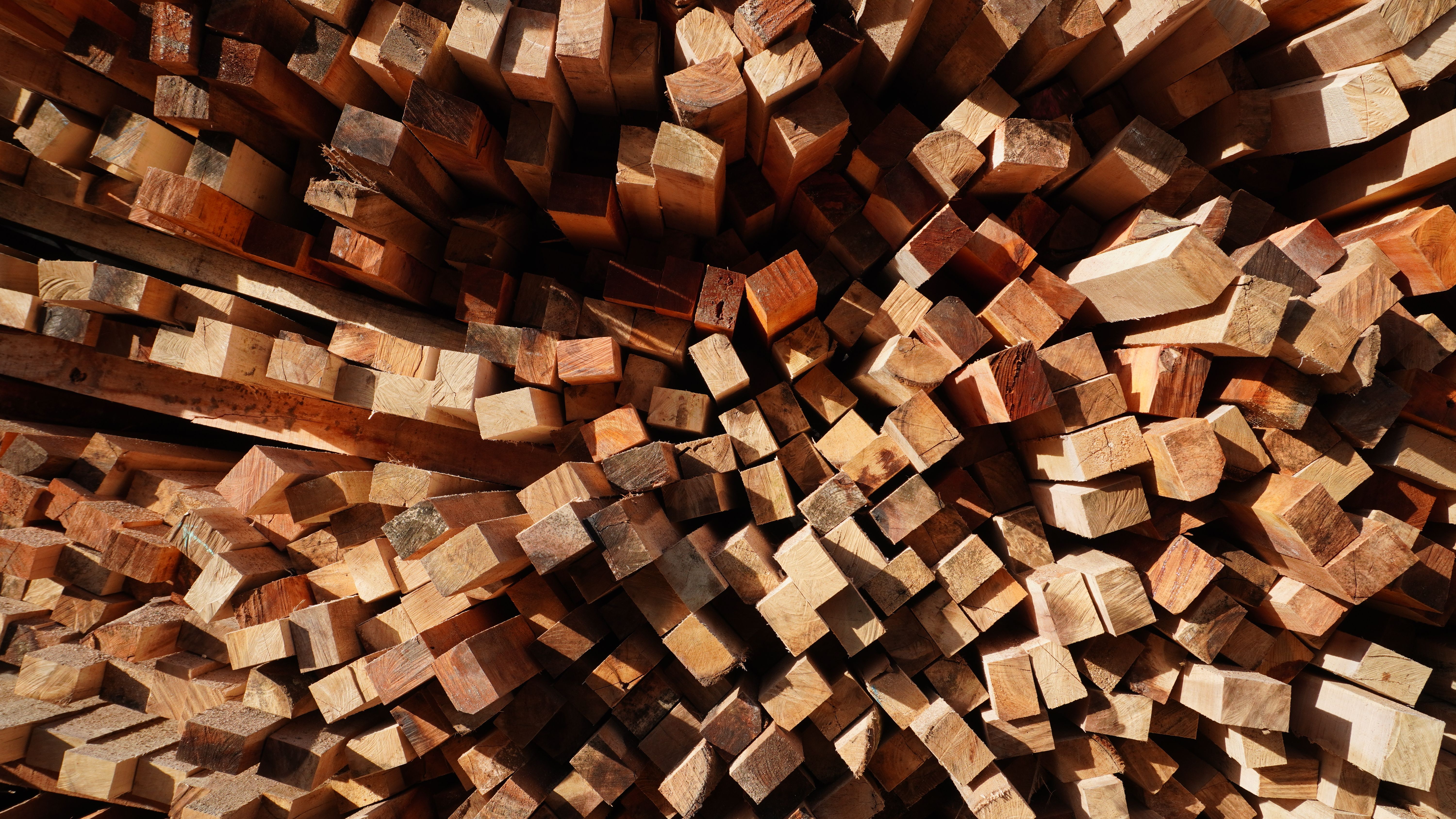The Ultimate Guide to Selecting Solid Wood Engineered Doors for Your Project
Choosing the best solid wood engineered doors for your project: a complete guide from the manufacturing experts
When you are responsible for a hotel, high-end flat or commercial project, every detail is crucial. Doors, as a key element of space separation and first impressions, are chosen with even more importance. With so many options on the market, how do you pick the perfect solid wood engineered door for your project?
As a manufacturer of solid wood engineered doors with fully automated production lines, we know the ropes. This article will provide you with a comprehensive selection guide to help you make an informed decision.

Step 1: Define your project type and core requirements
Different project scenarios have very different requirements for doors.
Additionally, solid wood engineered doors are more cost-effective than solid wood doors. The use of engineered wood reduces the overall cost without compromising on quality. This makes them an attractive option for homeowners and builders alike.
- Hotel projects: More attention is paid to sound insulation (to ensure guest rest), durability (high frequency use) and fire resistance (safety norms), while the sense of design needs to be unified with the hotel style.
- High-end houses/apartments: Emphasis on security, privacy and aesthetics, as the entrance door needs to reflect the owner's taste.
- Commercial spaces (e.g. offices, clubs): Focus on design, brand image display and spatial mobility.
Be sure to clarify the core priorities of your project with your team before you begin the selection process.

Step 2: Choose the most suitable type of wood
Timber is the soul of the door, and different timbers bring different characteristics and budgets.
When selecting a solid wood engineered door, consider the overall style and design of your space. These doors come in various finishes, from classic oak to modern walnut, allowing you to match them seamlessly with your interior decor. Consider the color and grain pattern that will complement your existing furnishings.
- Walnut: Beautiful texture, calm colour, high hardness, very high class. It is the first choice for top hotels and luxury homes, but is more expensive.
- Oak: Hard texture, resistant to wear and tear, with a distinctive grain. Cost-effective, rugged and classic style, suitable for a wide range of styles.
- Cherry: Warm colour, fine grain, darkens with age, more charming. Suitable for creating a warm, elegant environment.
- Maple: light colour, even texture, strong sense of modernity. Suitable for Scandinavian, modern minimalist style.
Our advice: There is no need to go for expensive wood. Depending on the overall budget and design style of the project, choose the wood that best reflects the tone of the project.
Step 3: Understanding the core structure and process: the key to sound insulation and stability
The value of a good door is reflected more in the invisible structure and craftsmanship.
- Core structure:
- Solid wood spliced panel: Using high-quality wood finger-joined spliced, the stability is far better than ordinary solid wood, not easy to deform and crack.
- Bridge Hole Mechanical Board: As the inner core, its unique hole structure can effectively block air transmission, which is the key to achieving excellent sound insulation.
- Surface treatment:
- Eco-friendly lacquer: It is not only about aesthetics, but also determines the degree of resistance to yellowing, scratching and easy cleaning. Our fully automatic spraying production line ensures that each door is uniformly painted and environmentally friendly.
Step 4: Attention to detail and hardware matching
Details are the litmus test that separates an ordinary door from a quality one.
- Locks and hinges: We recommend choosing well-known brand hardware to ensure smooth and safe use. We can reserve standard lock holes for your project and provide professional installation guidance.
- Seals: Quality seals are the second safeguard for sound insulation, heat preservation and dust prevention.
Maintenance Tips for Longevity
Maintenance of solid wood engineered doors is relatively straightforward. Regular cleaning with a soft cloth and mild cleaner will keep the doors looking their best. Avoid using harsh chemicals that can damage the finish.
Additionally, periodic checks for any signs of wear or damage can help in early detection and repair, ensuring your doors remain in top condition for years to come.

Environmental Considerations
Solid wood engineered doors are a more sustainable option compared to solid wood doors. The use of engineered wood helps in conserving natural resources by utilizing wood more efficiently. This makes them an environmentally friendly choice for eco-conscious consumers.
When selecting your doors, look for certifications that indicate sustainable sourcing, ensuring that the materials used are responsibly harvested.

Conclusion
In conclusion, solid wood engineered doors offer a versatile and practical solution for various projects. With their blend of beauty, strength, and sustainability, they provide an excellent option for those looking to enhance their spaces without compromising on quality or environmental responsibility.
Whether you're renovating your home or working on a new construction project, these doors can add value and appeal to your property, making them a worthy investment.
When sourcing solid wood engineered doors for large projects, it is vital to choose a manufacturer with superior technology, consistent quality and on-time delivery. The fully automated production line ensures consistent precision, stable quality and on-time delivery of each door, and can provide competitive solutions for large-scale projects.